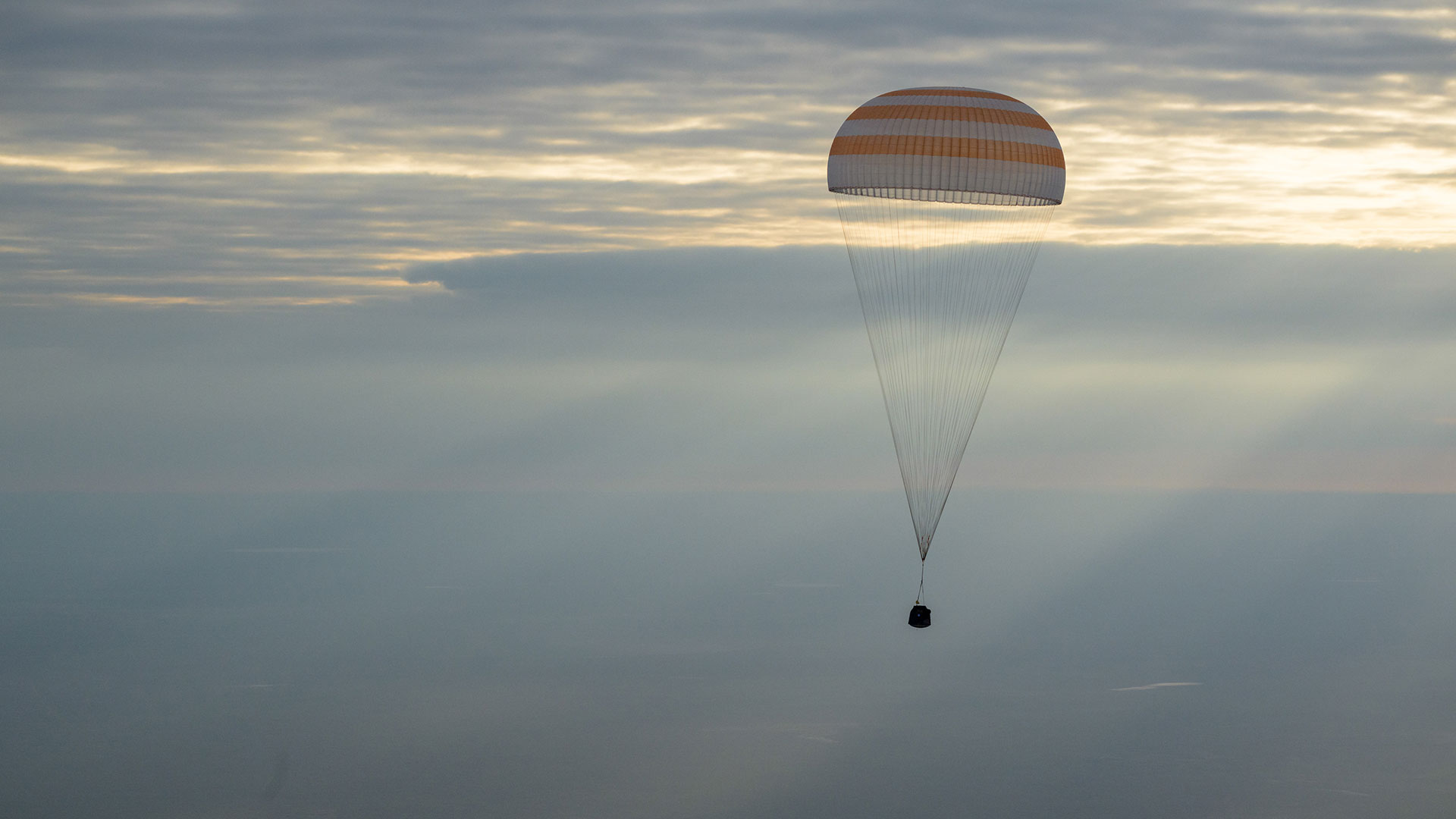Solar Storms Are Amping Up the Northern Lights This Week

Space weather events that have been building over the last week continued to affect Earth early this morning (Aug. 28), increasing the possibility of amped up auroras around the planet's polar regions.
A string of space weather occurrences this week has led to some beautiful aurora displays, such as the one seen in the picture above. But showers of powerful particles from the sun can also cause problems for power grids, satellites and astronauts, so government agencies are keeping a close eye on the activity.
The National Oceanic and Atmospheric Administration (NOAA) issued a G3 Geomagnetic Storm Warning, valid through 3 a.m. EDT (0700 GMT) today. The rating scale for geomagnetic storms ranges from G1 (minor) to G5 (extreme) with G3 considered "strong." NOAA also publishes a map of aurora forecasts based on solar activity.
Solar storms and geomagnetic storms are caused by explosions of particles from the sun, as well as the steady stream of particles called the solar wind. The so-called "K-index" is also used to characterize how severely a storm is affecting Earth's magnetic field. NOAA's Space Weather Prediction Center (SWPC) regularly updates its Web page to show the K-index value on an hourly basis, so citizens can see how a solar storm is affecting the planet. The K-index currently shows a rise in activity in the Earth's magnetic field over the past three days.
The "unrest could continue for another day," according to Spaceweather.com.
NASA released a statement earlier this week about a mid-level solar flare that peaked at 3:33 a.m. EDT (0733 GMT) on Monday (Aug. 24). Solar flares release high amounts of X-rays and additional energy into space, but they do not cause solar or geomagnetic storms unless they are associated with a coronal mass ejection (CME), which spew clouds of particles. CMEs and the particles in the solar wind can cause reactions with atoms in Earth's upper atmosphere that create the light displays known as the auroras.
Follow Calla Cofield @callacofield. Follow us @Spacedotcom, Facebook and Google+. Original article on Space.com.
Get the Space.com Newsletter
Breaking space news, the latest updates on rocket launches, skywatching events and more!
Join our Space Forums to keep talking space on the latest missions, night sky and more! And if you have a news tip, correction or comment, let us know at: community@space.com.

Calla Cofield joined Space.com's crew in October 2014. She enjoys writing about black holes, exploding stars, ripples in space-time, science in comic books, and all the mysteries of the cosmos. Prior to joining Space.com Calla worked as a freelance writer, with her work appearing in APS News, Symmetry magazine, Scientific American, Nature News, Physics World, and others. From 2010 to 2014 she was a producer for The Physics Central Podcast. Previously, Calla worked at the American Museum of Natural History in New York City (hands down the best office building ever) and SLAC National Accelerator Laboratory in California. Calla studied physics at the University of Massachusetts, Amherst and is originally from Sandy, Utah. In 2018, Calla left Space.com to join NASA's Jet Propulsion Laboratory media team where she oversees astronomy, physics, exoplanets and the Cold Atom Lab mission. She has been underground at three of the largest particle accelerators in the world and would really like to know what the heck dark matter is. Contact Calla via: E-Mail – Twitter









